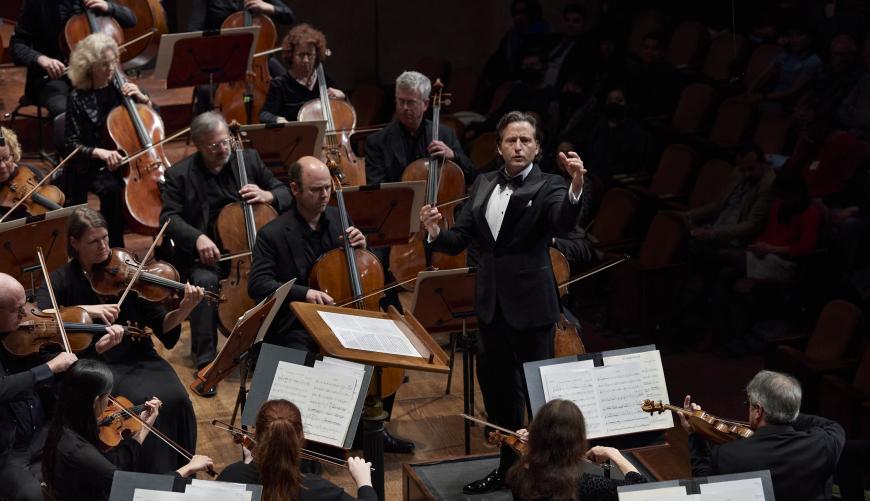
Last week, the San Francisco Symphony played William Walton. But you wouldn’t have known it from the ads: “Gimeno Conducts Shostakovich and Prokofiev.” Nothing against conductor Gustavo Gimeno or Sergei Prokofiev’s Third Symphony. Still, it feels wrong that Dmitri Shostakovich’s Funeral March from The Great Citizen — seven minutes of movie music — got top billing over Walton’s masterful Viola Concerto.
It’s a rigorous score, one that showcases Walton’s flair for rhythm and form — qualities also on display in his concertos for violin and cello, two symphonies, and sumptuous opera Troilus and Cressida. So why aren’t these pieces better known?
The composer lived, to an extent, in isolation. He had few champions, no students. As a young man, he had crossed paths with and written a few works that sounded like Igor Stravinsky and Arnold Schoenberg. But as a mature composer, Walton grew wistful, his harmonies similar to those of his contemporary Samuel Barber — and to those of Benjamin Britten’s teacher Frank Bridge, who was born a short generation earlier.
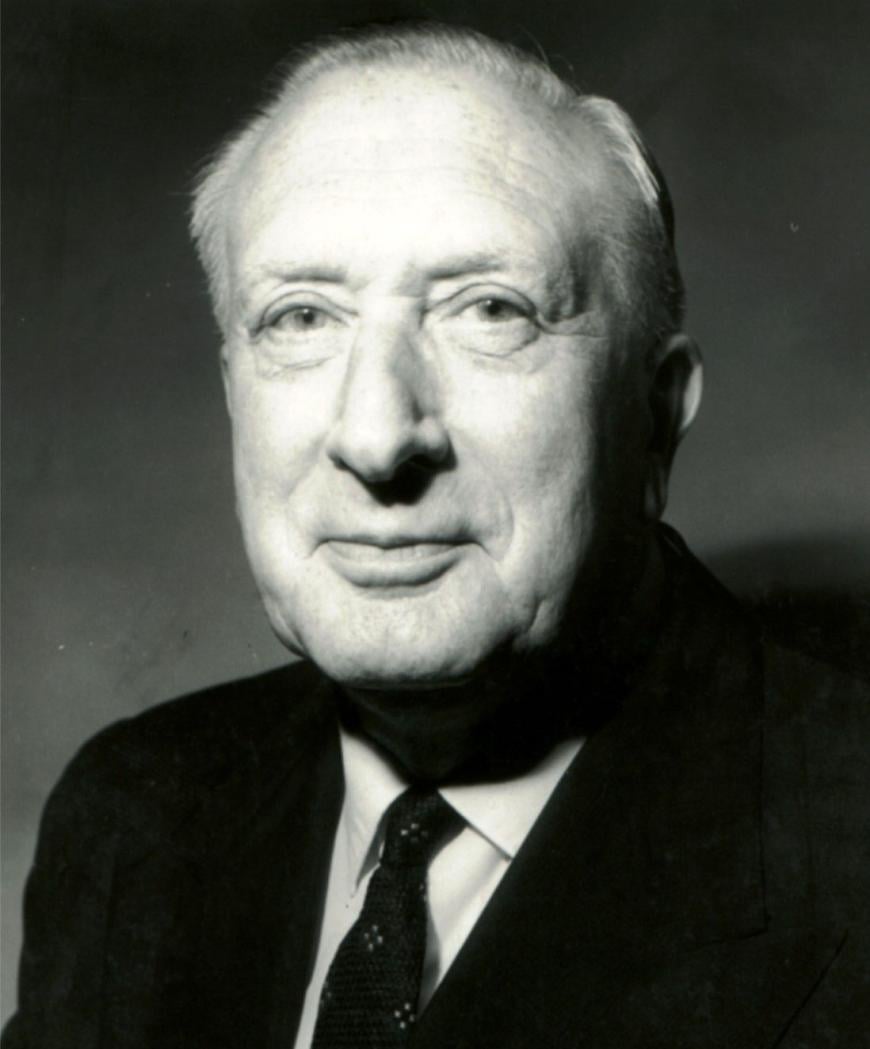
In a way, Britten’s birth was bad luck for Walton. The reputation of the younger composer would soon eclipse that of the elder. Luckily, San Francisco listeners had a once-in-a-blue-moon opportunity on Saturday to hear not one but two of Walton’s works, starting a block north of the Symphony, at Herbst Theatre with the Alexander String Quartet (ASQ4). It’s never too late.
Britten was lucky to have been granted the status of conscientious objector during World War II, which allowed him to continue writing his reputation-making operas. Walton, meanwhile, was enlisted to write morale-boosting film scores. Still, Britten’s life was not unaffected by the war. He wrote his String Quartet No. 2 in C Major in 1945, after performing concerts with violinist Yehudi Menuhin for the survivors of concentration camps.
Britten’s quartet is a profoundly emotional work that culminates in a finale of 21 variations, Chacony. (The movement’s title refers to Henry Purcell, but the music is tougher stuff, as monumental as J.S. Bach’s Chaconne). On Saturday, the Alexander Quartet’s performance often felt careful, sometimes constrainedly so. Yet understatement did serve the music in other places — for example, in a passage in the first movement where multiple entrances of the theme blur into a thing so formless you fret a little. And in the scherzo’s off-kilter middle section, the three accompanying voices’ inane, straight-faced rhythms made the gag of the first violin’s lurching tritones wickedly funny.
Robert Greenberg, San Francisco Performances’ music historian-in-residence, provided social and historical context for the music — and made the audience laugh. For decades he and the Alexander Quartet have performed these concert-lecture events that I’ll be sorry to lose when the group retires next year. It’s been a good run for founding cellist Sandy Wilson and for Zakarias Grafilo, first violinist since 2002 (second violinist Yuna Lee and violist David Samuel both recently joined the ensemble).
The second half of the program, which concluded the ASQ4’s survey of 20th-century string quartets, was Walton’s little-known String Quartet in A Minor. The 1947 work was a two-year ordeal. Walton was rusty on concert music — he’d been busy with those film scores — and hadn’t written a quartet since his student days. The reviews at the time were positive, but in a sea of string quartets, this one never came out on top.
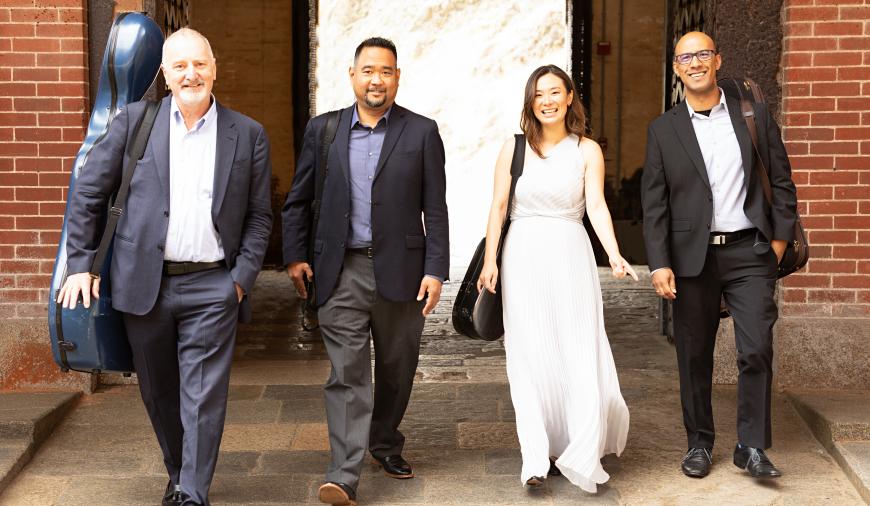
Still, Walton offers top-shelf sonata form in the Allegro first movement. Unusually, the viola introduces practically all the piece’s themes, the first of which is pensive and darkly lyrical. Then come jazzy, jagged-edged rhythms — as if Walton had been born in New Orleans, Greenberg quipped — that the ASQ4 players sharpened with pointy off-the-string strokes. The cagey scherzo would have been better faster, but the last movement’s Allegro molto, made to stand upright, tensed in a thrilling way. And in the schmaltzy slow movement, how the dissonances smarted under the hushed sound of the viola.
It’s not often that the viola — or viola music — is the star. Walton’s Viola Concerto is one exception. It’s not good “for a viola concerto.” It’s good music, period. The composer did need to thin the orchestration, though, in order for the viola to be heard. Even in the revised version, the supporting voices have a good deal of fun — often in the same register as the solo part, which, as is often the case with string concertos heard from Davies Symphony Hall’s “premium” seats, didn’t always cut through on Saturday.
And who wouldn’t want to hear more of SFS principal viola Jonathan Vinocour? He has a way of stretching the sound at the ends of the bow, as a dancer balances while you hold your breath.
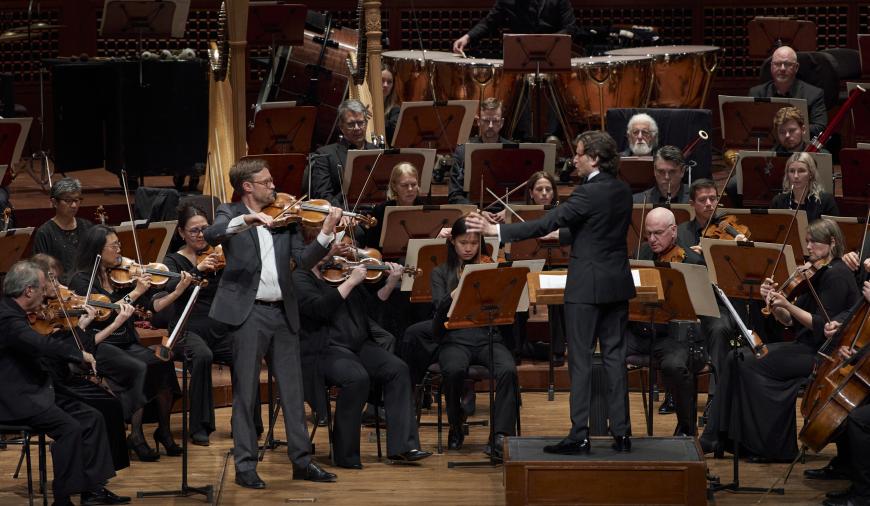
The first movement of Walton’s concerto, Andante comodo, has an elegant gait, one that recalls the music of his predecessor Edward Elgar. Then, in push-pull rhythms and huge leaps, the music yearns in a distinctly contemporary way. The Vivo, an inner movement with the heroic sweep of a finale, sprinted just enough, Vinocour sounding off the flourishes with the same honey-toned brilliance he’s consistently displayed since joining the SF Symphony in 2009.
The finale’s courtly opening at first gives the impression that the music will dance ever on. But soon you realize what you’re in for: no less than a reconsideration of all that’s come before. Walton gives the now-familiar themes new configurations (every one of them distinct in Saturday’s performance) and new meanings. For a moment, the music opens up, the solo emerging in a glorious major-key melody. Then, a cold draft. The line drops to the low register, sounding the central major-minor chord — an ironic half-smile, one that devastates you.
The Funeral March from the film The Great Citizen is one of the few Shostakovich works probably no one would call sarcastic. The music’s opening melody is so introspective and dear, it feels as though the piece has started with its second theme. What luxurious legato Gimeno, who is music director of the Luxembourg Philharmonic and the Toronto Symphony, pulled from the SF Symphony. One hopes that he’ll have time for lots more work here.
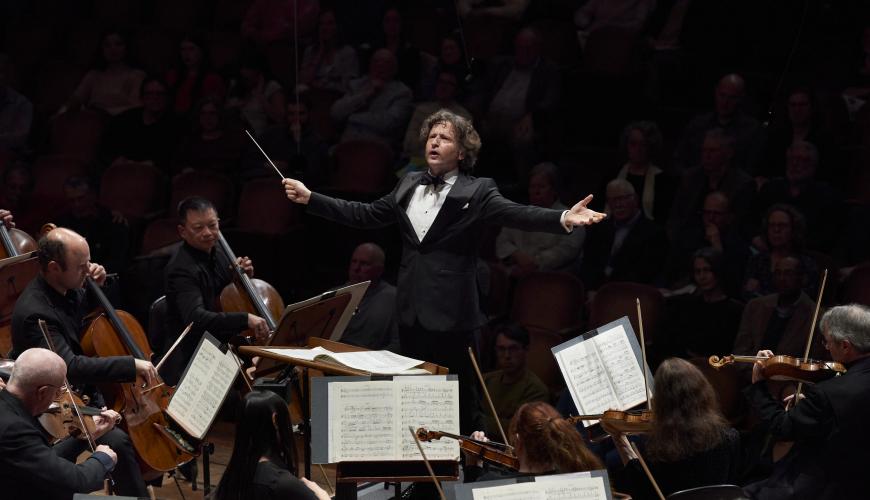
The orchestra was in top form, especially in Prokofiev’s taut, ferocious Symphony No. 3. Dating from 1928, it was the oldest piece of the five I heard on Saturday but the newest sounding. Neither this piece nor its precursor, Prokofiev’s tragic opera The Fiery Angel, is played often. You couldn’t tell from the SF Symphony’s crisp, gutsy performance, particularly of the scherzo — a desolate and densely scored movement (picture Bruegel’s The Triumph of Death), thorny to play and put together. And it was a pleasure to get lost in the long-breathed melodies of the Andante, shaded with the delicacy of Maurice Ravel. Devastation never was so pretty.




